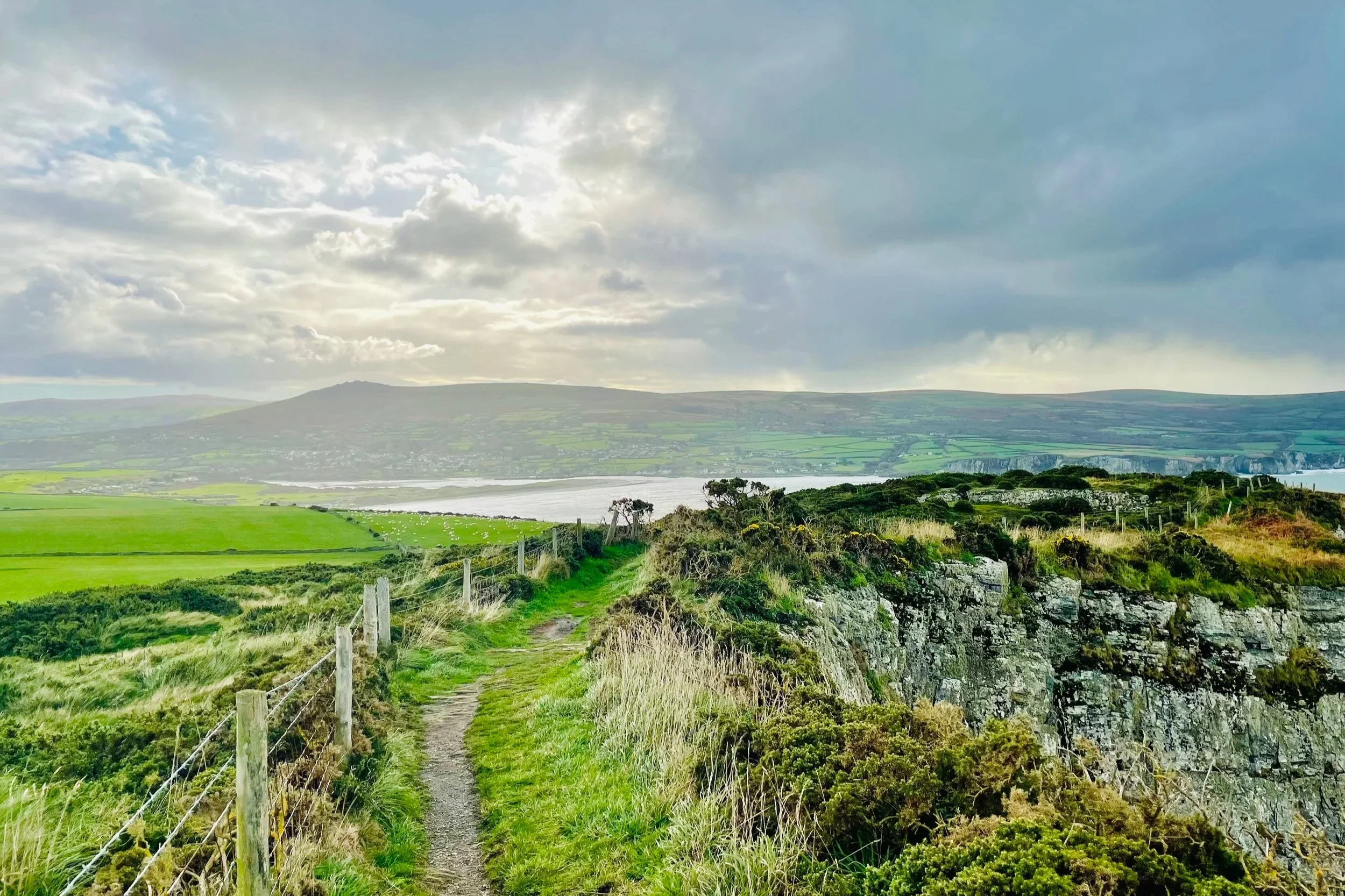Beyond the Rush: The Art of Slow Tourism
One of my favorite mindfulness teachers, Jon Kabat-Zinn, likes to remind us that we are called human beings, not human doings.
Yet the constant urge to do often spills over into our vacations: that precious time for rest and renewal. In a world that moves faster by the day, travel can too easily become another item on the checklist — a whirlwind of airports, bucket-list stops, and photos snapped hastily for the feed.
What if travel shifted from fitting more in … to feeling more where you are?
This is where slow tourism begins.
What is Slow Tourism?
Slow tourism is an invitation to pause. To trade rushed sightseeing for immersive encounters. It’s about staying longer in fewer places, letting destinations reveal themselves in layers: the morning rhythm of a market coming to life, the cadence of conversation with a local guide. The rustle of tall grass in a landscape that reminds you that you are far from home.
It’s not about seeing less, but about experiencing more.
On-farm vineyard stays — here, in Italy’s Piedmont region — offer opportunities to connect deeply with the land and local wine culture.
Why Slow Matters
At East of Ordinary, we believe the most memorable journeys are not measured in miles traveled but in moments that leave an imprint. Slow travel allows:
Adventure with Intention: Hike a coastal path not to conquer it, but to notice the plant life that clings to its sheer cliffsides and the turquoise of the water below. Don’t just walk; drop into quaint seaside villages, peruse a small art gallery, savor an ice cream made with milk from dairy cows up the road.
Cultural Immersion: Spend time with artisans, historians, and naturalists who carry the traditions of a place. Duck inside a grassroots flamenco bar to watch rising dancers and musicians. Pause to take in a lively game of backgammon between two aging shopkeepers in a medina side street.
Cuisine that Connects: Taste beyond the restaurant menu — join a family for an authentic, laughter-filled cooking class; sample wines from the barrel as the winemaker shares the nuances of the vintage; linger at a street food stall where recipes have been passed down for generations.
True Connection: With fewer distractions, there’s more space to connect — with locals, companions, nature, and yourself. Exchange a smile in a morning greeting. Ask the question your curiosity stirs. Let the hush of a forest or the call to prayer over rooftops draw you into the moment.
How to Travel Slowly
You don’t need endless time to embrace slow tourism—you simply need intention. Here are a few ways we help travelers shift pace:
Choose a refined stay and unique accommodations that invite you to savor mornings and evenings, not just sleep.
Plan fewer moves; spend four nights in one area for a deeper experience instead of one night in four places.
Select activities that reveal the true character of a place, from neighborhood markets to hidden ateliers, rather than the top-10 “must-do” list that only skims the surface.
Seek out paths a little less crowded—those that allow you to see not just the highlights, but the heartbeat. Think small villages, rural places, or less-touristed neighborhoods.
Build in open space—time without an agenda—to let serendipity unfold.
Repeat visits to the Pembrokeshire coast of Wales are the peak of slow travel: peaceful hikes, centuries-old woolen mills, antique stores, cheese shops — relaxed days filled with bucolic charm.
The Ethics of Slow
Slow tourism doesn’t just enhance your experience — it strengthens the communities you visit. By staying longer and choosing thoughtfully, your travel dollars are more likely to support local businesses, artisans, and guides who are the keepers of culture. Fewer moves and more mindful choices also reduce strain on overtouristed sites, spreading benefits across regions instead of concentrating impact.
Traveling slowly respects the rhythm of a place and the people who call it home.
Finding Your East … Slowly
Slow tourism isn’t a trend; it’s a return to the essence of travel. To presence. To savoring. To connection.
At East of Ordinary, we design journeys where you can travel not just across landscapes, but into them — moving beyond ordinary itineraries and into extraordinary encounters.
Because when you travel slowly, the world opens up in unexpected ways. Discover journeys that move at the rhythm of meaning, not minutes.


